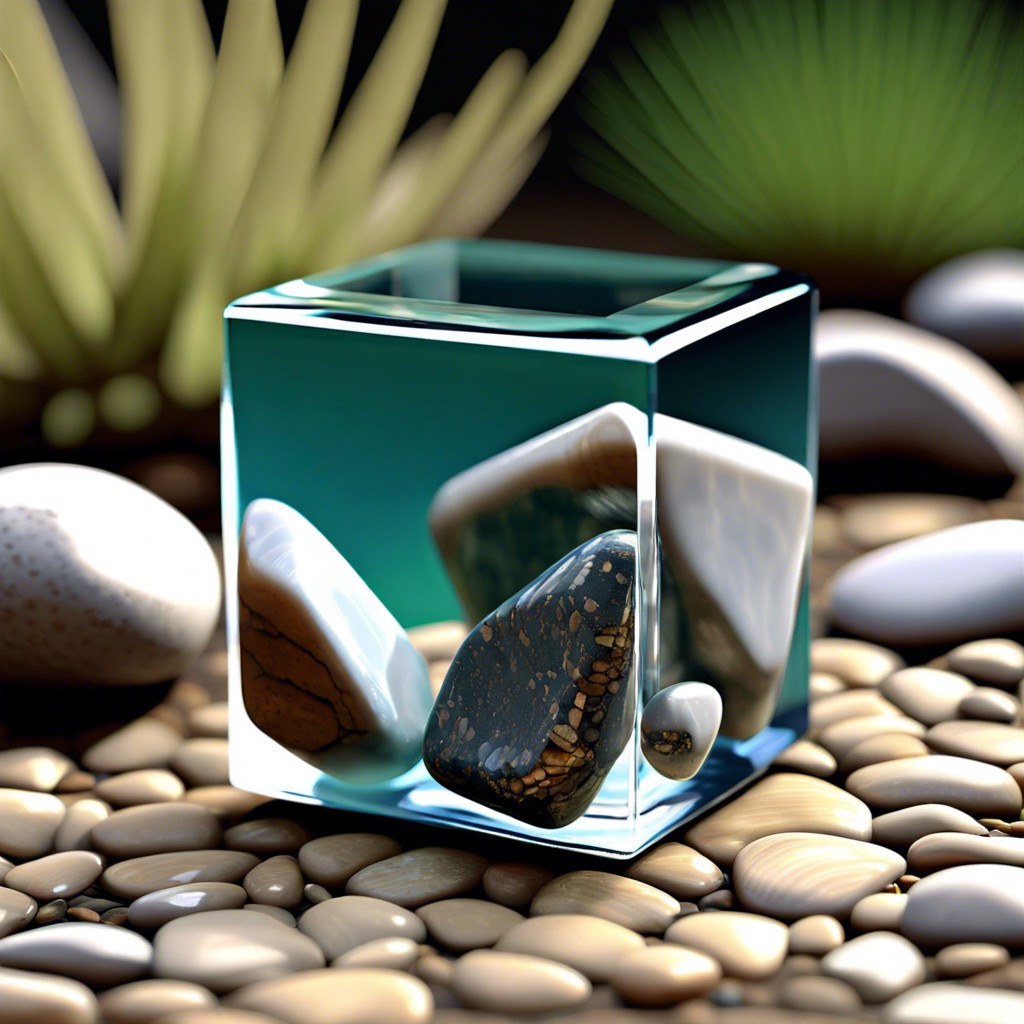Creating a landscape design that provides privacy can be achieved by adding tall shrubs and trees, building fences and walls, installing trellises with climbing vines, or using outdoor screens.
Creating a landscape design that provides privacy is a great way to make your outdoor space more enjoyable and relaxing. Whether you’re looking for a natural, secluded area or something more modern and stylish, there are several ways to create the perfect private oasis.
In this blog post, we’ll explore some of the best options for creating a landscape design that provides privacy in your backyard. From fencing and hedges to walls and pergolas, you’ll find plenty of ideas to help you create an outdoor space that offers both beauty and solitude.
Plant Trees and Shrubs

Trees and shrubs are an effective way to create a natural barrier between your property and the outside world. They provide both physical and visual barriers, blocking out noise, wind, dust, and unwanted views from neighbors or passersby.
When selecting trees for privacy purposes, it is important to consider their mature size as well as their growth rate. Fast-growing varieties such as Leyland Cypress or Thuja Green Giant will provide quick results but may require more maintenance in the long run due to their rapid growth rate.
Slower growing varieties such as Japanese Maple or Redbud will take longer to reach maturity but require less maintenance over time. When planting trees for privacy it is important to stagger them so they form a dense wall of foliage rather than one solid line of trees along the perimeter of your property.
Planting evergreen shrubs around the base of each tree can also help create a thick barrier that blocks out unwanted views while still allowing light into your yard during winter months when deciduous trees have lost their leaves.
Install Fences or Walls

Fences are typically made of wood, metal, vinyl, or other materials and can be used to enclose a yard or garden. Walls are usually constructed from brick, stone, concrete blocks, or other masonry materials and can be used to separate outdoor spaces.
Both fences and walls provide physical barriers that block the view of neighbors and passersby while also creating a sense of enclosure in your outdoor space. When installing either type of structure for privacy purposes it is important to consider local building codes as well as the size and style of the fence/wall so that it complements your existing landscape design.
Use Lattice Screens

These screens consist of crisscrossed strips of wood, plastic, or metal that form a lattice pattern. They can be used to block out unwanted views and provide a sense of seclusion in outdoor spaces.
Lattice screens can be placed around the perimeter of your yard or garden, along fences, or even as part of an arbor or trellis structure. They come in various sizes and styles so you can find one that fits your needs and aesthetic preferences.
They are relatively easy to install and maintain compared to other types of fencing materials. With proper care and maintenance, lattice screens will last for many years while providing you with the privacy you desire in your landscape design.
Utilize Trellises With Climbing Plants

A trellis is a structure made of wood, metal, or other materials that can support the growth of climbing plants. These structures are usually placed against walls or fences and provide an ideal surface for vines and other climbing plants to grow on.
By planting these types of plants along the trellis, you can create a natural barrier that will block out unwanted views from outside your property while also providing some shade and beauty to your landscape design. The foliage from these plants will help absorb sound waves which further increases privacy in your outdoor space.
Place Large Planters Strategically

By positioning the planters in key locations, they can act as a physical barrier between your outdoor space and any nearby neighbors or passersby. The size of the planter will depend on how much privacy you need; larger planters will provide more coverage than smaller ones.
You can choose from a variety of plants to fill the planter with, such as evergreen shrubs or tall grasses. This will help create an attractive and natural-looking barrier that also adds visual interest to your landscape design.
Incorporate Water Features Like Ponds or Fountains

Ponds and fountains provide visual barriers that block out unwanted views from outside the property, while also creating a tranquil atmosphere within the space. These features can act as sound buffers, helping to muffle noise from nearby streets or neighbors.
When designing with water features in mind, it is important to consider how they will fit into the overall landscape plan and what type of maintenance will be required for them over time. For example, if you are planning on installing a pond or fountain, you should think about where it will be located in relation to other elements such as trees and shrubs so that it does not become an eyesore when viewed from different angles.
You should research what type of filtration system is necessary for your particular feature so that it remains clean and clear throughout its lifespan.
Add Outdoor Lighting Fixtures

By strategically placing lights around the perimeter of your yard, you can create an illuminated barrier that will keep prying eyes away from your property. Outdoor lighting fixtures can be used to highlight certain features in your landscape design and draw attention away from areas you want to remain private.
For example, if you have a tall fence or hedge surrounding your yard, adding some spotlights along the top of it will draw people’s eyes up and away from any gaps in the fencing. This will help ensure that no one is able to peek into your yard without being noticed.




